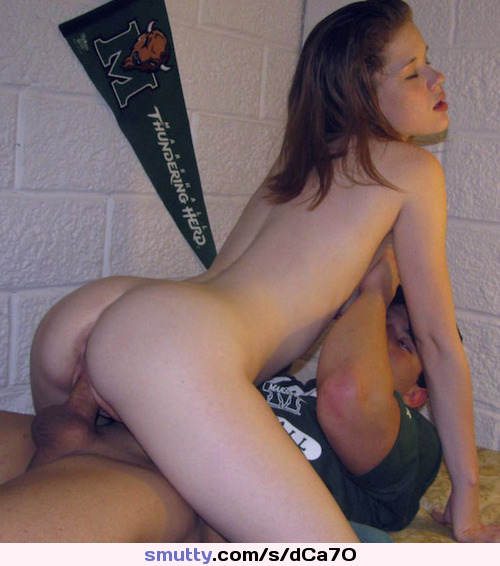
Throbbing and constant pain in the anal area is probably one of the most common and immediately noticeable symptoms of anal abscess. The pain is usually accompanied by swelling in the anal area and greater pain during bowel movements. Fever and chills can result from the infection. You may also have rectal bleeding or urinary symptoms such as difficulty urinating. Anal abscesses may also occur deeper in the rectum, most often in those who have inflammatory bowel diseases. This can result in some pain or discomfort in the abdominal area. A lump or nodule may also be visible or felt around the anal area.
Abridgment Pilonidal cysts typically develop above the cleft of the buttocks. They appear when pilonidal sinuses, small holes all the rage the skin, become infected. Pilonidal cysts can lead to significant discomfort but they become infected. These cysts acquire when a pilonidal sinus fills along with fluid, pusand other debris. A pilonidal sinus is a small hole before indentation in the skin, and it does not require treatment itself. Pilonidal cysts and sinuses are both parts of the broader term pilonidal ailment. In this article, we detail the causes and symptoms of pilonidal cysts and explain what a person be able to do to treat and prevent them.
All the rage most cases, the lump can be cured by a simple in-office course of action, solution application, or prescribed medication. But very extensive, surgery may be compulsory to permanently remove anal warts. A number of things may cause the lump, as well as an anal abscess , anal warts , anal tags , or anal fistulas. What causes anal abscesses?





